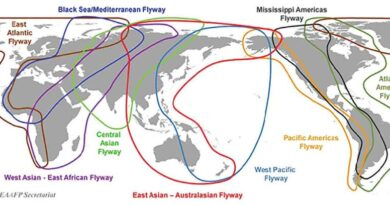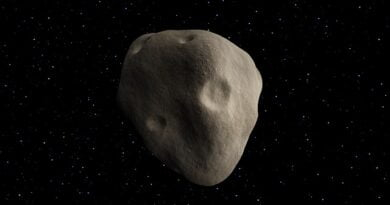ISRO PSLV-C51
Context:
ISRO has successfully launched Brazil’s optical earth observation satellite, Amazonia-1, and 18 co-passenger satellites from India and the U.S.A. from the Satish Dhawan Space Centre (SHAR) at Sriharikota. ISRO PSLV-C51
- The mission was supposed to carry a satellite from Pixxel India, one of the several new start-ups that are tipped to grow India’s space sector.
Details
- Pixxel India is a start-up that is planning to place a vast constellation of earth-imaging satellites for continuous monitoring of every part of the globe, and beam high-resolution imagery and other data that can be utilized for a variety of applications in climate change, agriculture and urban planning.
- The first of its satellites, called Anand, was supposed to be on this PSLV-C51 rocket that took off from the Sriharikota launching range this morning.
- But less than a week before the launch, the company announced that due to certain software issues during testing, it would not go ahead with the launch of the satellite at this time.
Amazonia-1
Amazonia-1 is the optical earth observation satellite of National Institute for Space Research (INPE). This satellite would further strengthen the existing structure by providing remote sensing data to users for monitoring deforestation in the Amazon region and analysis of diversified agriculture across the Brazilian territory.
PSLV-C51/Amazonia-1 is the first dedicated commercial mission of NewSpace India Limited (NSIL), a Government of India company under Department of Space.
The 637-kg Amazonia-1, which became the first Brazilian satellite to be launched from India, is an optical earth observation satellite of National Institute for Space Research (INPE). It is the first dedicated PSLV commercial mission by New Space India Limited (NSIL)– commercial arm of Department of Space.
This is also the first time Brazil is launching its satellite on an Indian rocket. It is the first satellite that is completely designed, tested, integrated and operated by National Institute for Space Research (INPE) Brazil.
Significance of latest launch
- Its main payload, an earth-observation satellite called Amazonia-1 from Brazil, is the first commercial venture for NewSpace India Limited, the new marketing arm of ISRO that was created two years ago.
- Amazonia-1 is a sun-synchronous satellite, the first one to be fully designed, integrated, tested and operated by Brazil’s National Institute for Space Research.
- It can generate images of any part of the world every five days, but would be used mainly to provide remote sensing data for users monitoring deforestation in the Amazon forests.
- Besides the Amazonia-1, the mission has also carried 18 other satellites, including a flock of 12 SpaceBEEs from the United States, and another group of three satellites called UNITYsat jointly developed by students of engineering colleges.
- In addition, the mission also carried a nano satellite developed by Space Kidz India that is intended to study space weather and demonstrate long-range communication technologies.
Discover more from Simplified UPSC
Subscribe to get the latest posts sent to your email.



